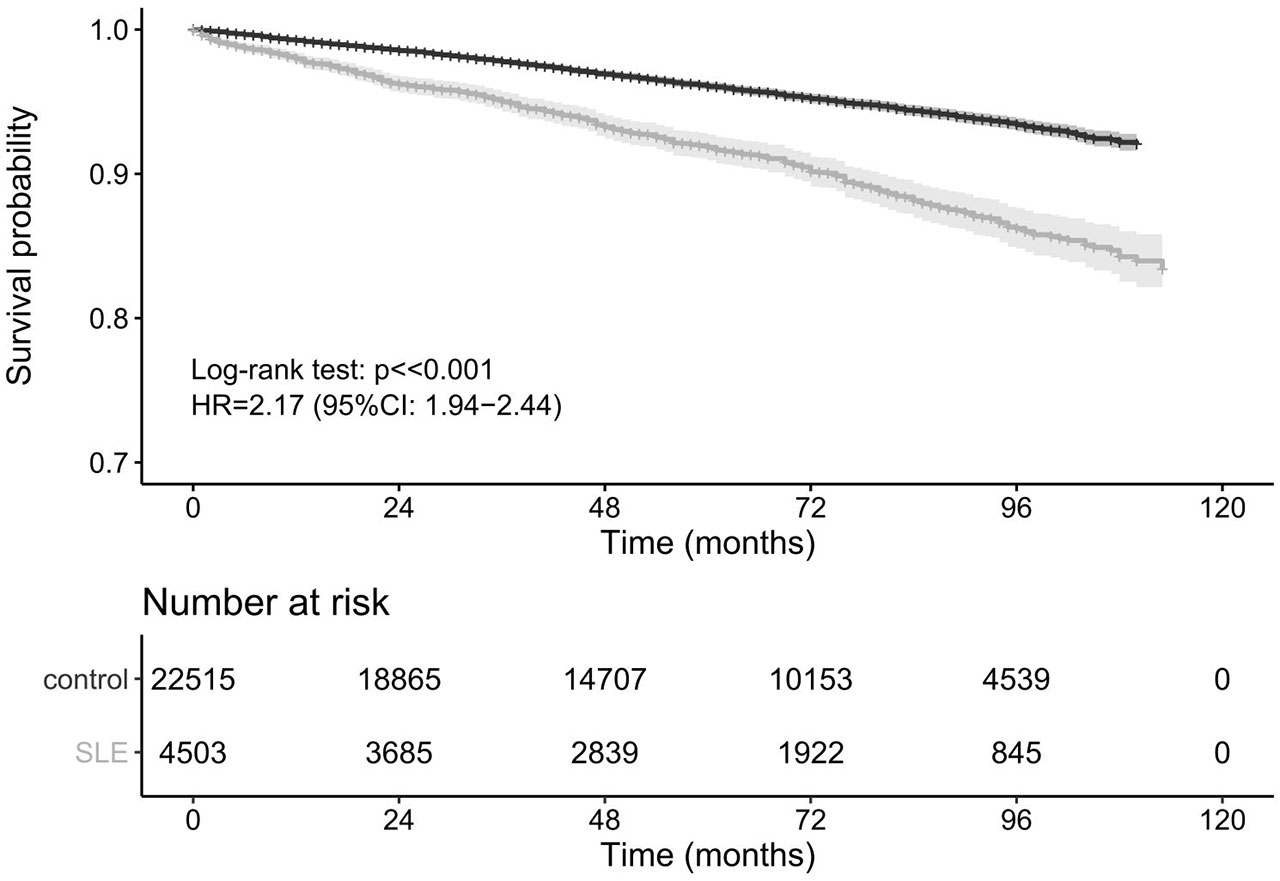Session Information
Date: Monday, November 11, 2019
Title: Epidemiology & Public Health Poster II: Spondyloarthritis & Connective Tissue Disease
Session Type: Poster Session (Monday)
Session Time: 9:00AM-11:00AM
Background/Purpose: There is little evidence in Hungary on the real incidence, prevalence and mortality of systemic lupus erythematosus (SLE) that is based on a robust estimate from real world data. Claims data-based evidence on the SMR of SLE patients from other countries shows great variance.
Objectives
The aims of this study were to provide robust estimates on the incidence, prevalence and population-controlled mortality of patients with SLE in Hungary.
Methods: Study design and description of data source
This was a non-interventional, retrospective study based on historical real-world data from the database of the National Health Insurance Fund of Hungary (NHIF). This database provides detailed data on the inpatient and outpatient care and prescription purchases of SLE patients covering the full population of Hungary. The analysis will be limited to data collected between 1st January 2008 and 30th June 2017.
Methods
Patients with minimum 2 SLE ICD codes were included from the database (prevalent patients). Two study groups were created. A wider one consisting of all incident SLE patients (group A) and a subgroup that only contains those who received some form of relevant therapy in the first 6 months from diagnosis (group B).
Baseline demographic characteristics and mortality were described. Mortality was analysed using standardized mortality ratio (SMR) compared to the general population of Hungary. The overall survival (OS) from SLE diagnosis date was estimated using the Kaplan-Meier method and was compared to the survival of a matched sample of the general population using a log-rank test.
Results: Results
In total 7.888 prevalent patients were identified in the database. In group A 4.503 patients were included, 2.582 patients were in group B. Women had an overwhelming majority in both groups (85%). Median age of patients at the time of diagnosis were 46 and 47 years in group A and group B respectively. In group A the yearly incidence decreased from 624 patients in 2008 to 373 patients in 2016, whereas the incidence in group B was more stable, varying between 224 and 336 patients during the same period. In total 12% and 10% of patients had died in the study period in group A and group B respectively. SMR was 1,63 (95% CI 1,43 – 1,83) and 2,09 (95% CI 1,80 – 2,39) in group A and B respectively. Overall survival was significantly worse (p< < 0,001) in both groups compared to the general population, HR=2,17 (95% CI 1,94 – 2,44) in group A and HR=2,75 (95% CI 2,38 – 3,17) in group B.
Conclusion: Discussion
Definition of SLE prevalence and incidence are in line with literature for other claims data studies. Results on SLE prevalence and incidence are also similar to the published data.
There is a significant excess mortality due to SLE; the level of excess mortality is underestimated.
Conclusion
This full-populational database study showed that despite that a wide range of therapeutic option are available for patients suffering for SLE, the mortality and survival compared to the general population is significantly worse for these patients. Therefore, new innovative therapies are needed to improve these aspects of SLE.
To cite this abstract in AMA style:
Kedves M, Kósa F, Takács P, Kunovszki P, Lofland J, Nagy G. Epidemiology and Mortality of SLE (Systemic Lupus Erythematosus) in Hungary Based on a Nationwide Retrospective Claims Database Study [abstract]. Arthritis Rheumatol. 2019; 71 (suppl 10). https://acrabstracts.org/abstract/epidemiology-and-mortality-of-sle-systemic-lupus-erythematosus-in-hungary-based-on-a-nationwide-retrospective-claims-database-study/. Accessed .« Back to 2019 ACR/ARP Annual Meeting
ACR Meeting Abstracts - https://acrabstracts.org/abstract/epidemiology-and-mortality-of-sle-systemic-lupus-erythematosus-in-hungary-based-on-a-nationwide-retrospective-claims-database-study/

